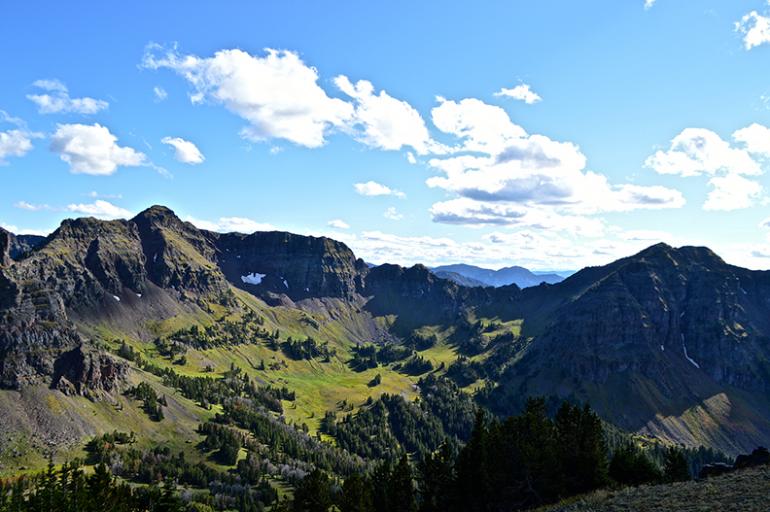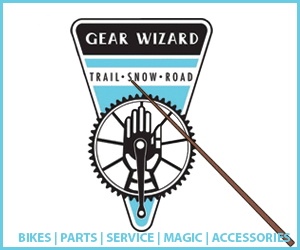For Now, for the Future
Gallatin Range inspires conservation vision.
About this time last year, I headed up Hyalite Canyon with the MSU-Wild club for a backpacking trip. For some of these students, it was their first experience on such an outing. For a few, it was their first real experience in the mountains.
We hiked about 10 miles over Hyalite Peak to pitch camp in the Mill Fork Hyalite Creek drainage. As we pondered the best way to descend down the talus slope, we realized we weren’t alone. Across the drainage, a herd of mountain goats picked its way through the high-mountain bowl. The autumn air was so clear and still we could hear the stones and pebbles tumble down the cliff face as the agile animals gingerly found their route. That evening, as we sat around a small fire forgetting the day's toil, every one of us marveled at our good fortune to share this special place, if only for a night.
Whether we hike, fish, camp, mountain bike, or snowmobile, the Custer Gallatin National Forest is a special place. But it’s more than just a recreation getaway. The Gallatin Range is a critical source of clean water, for both the native trout that live in its streams and the human communities who live in its valleys. The mountains provide habitat for a wide range of wildlife, including unique western species like wolverine and bighorn sheep, from whose perspective, there is really no boundary between the Gallatins and Yellowstone National Park.
As residents of southwest Montana, we are lucky indeed. For some, the Gallatin Range is a once-in-a-lifetime experience. For us, it’s our back yard. But, southwestern Montana isn't immune from change. Gallatin County is one of the fastest growing counties in the West. Those of us who moved here (or those of us who choose to stay) did so because the way of life offered here is rare and worth protecting. If we want to retain the special values of the Gallatin Range and the freedom to use and enjoy these public lands, we must think ahead and plan accordingly. If we fail to do so, we can see these values gradually erode, as has happened in the more crowded, noisy parts of the country.
The good news is that there is currently a community-wide effort to map out the future of the Gallatin Range. It’s called the Gallatin Community Collaborative. Even though the GCC has members who cover the full political spectrum, they were able to unanimously agree on the values that make the Gallatin Range special, values that we all want to see passed on to future generations.
These values include:
- Maintaining the ecological integrity of the range, including making space for all wildlife species
- Maintaining the wild, untamed character of the range
- Keeping opportunities for recreation for people of all stripes to enjoy the Gallatin Range
- Maintaining the economic value the Gallatin Range represents for surrounding communities and Montana as a whole
- Building healthy, constructive conversations and relationships among the people who use and enjoy the Gallatin Range and want to do so responsibly
It’s important to maintain these values for us today, but it's even more important to keep them intact for future generations. Today, there are 310 million Americans. As our country grows and develops its natural resources, wild, pristine places like the Gallatin Range will only grow more valuable and rare. We all have our own experiences in the Gallatin Range. For me, the Gallatin Range offers a necessary reprieve from the hustle and bustle of life. It is a place I enter to find peace, walk at nature’s pace, and experience the beauty this world can offer. The experiences the Gallatin Range provides are important to each of us, important to our communities, and, most importantly, our responsibility to pass on to those who enter these mountains after we are gone.
If you want to learn more about efforts to conserve the Gallatin Range, please contact me at [email protected] or log onto wildmontana.org.












